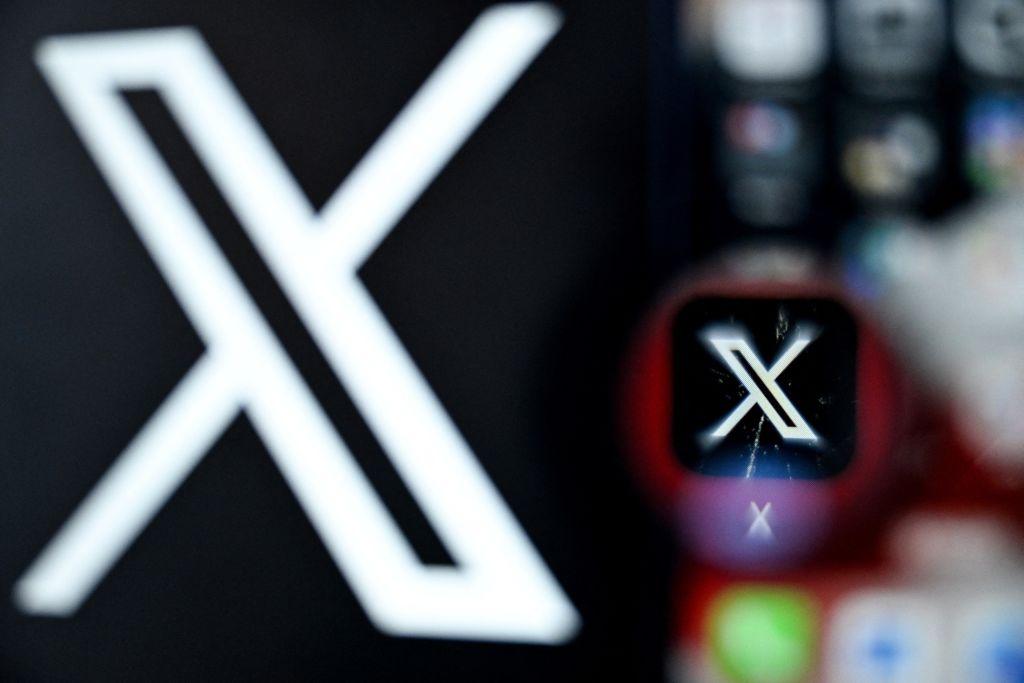The effect that inflation is having on consumers’ wallets has been well documented, with estimates suggesting that the average U.S. household will spend an additional $5,200 this year compared to 2021.
But how is this environment of soaring prices affecting businesses—large and small?





